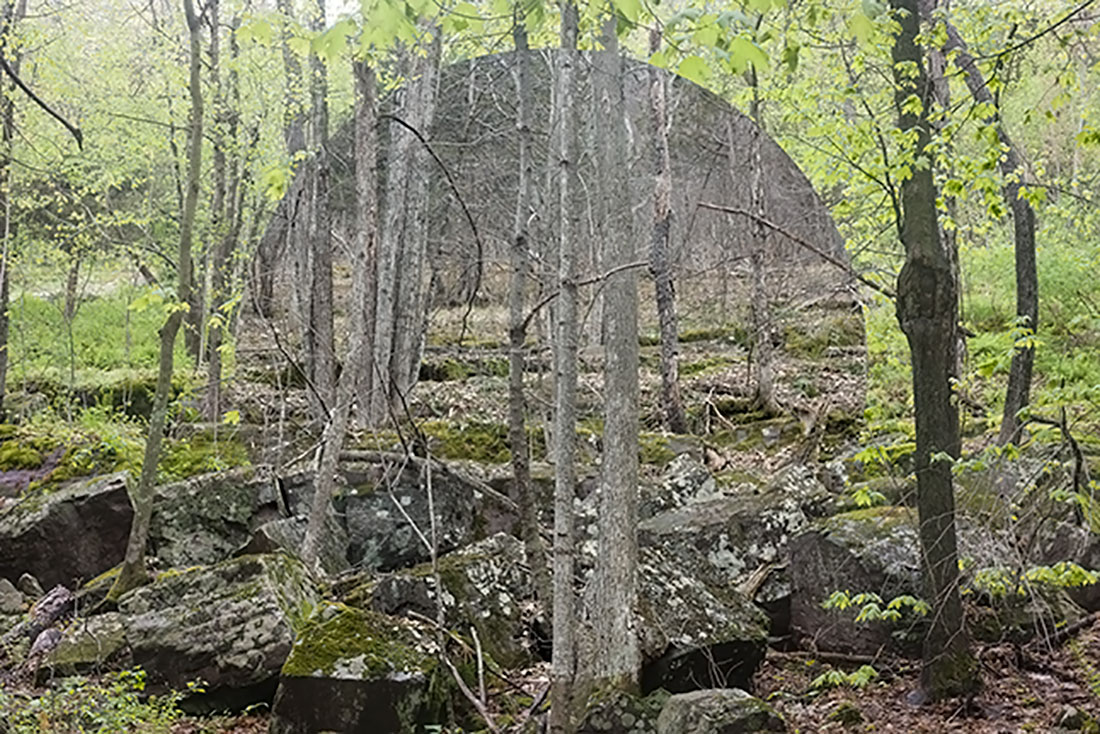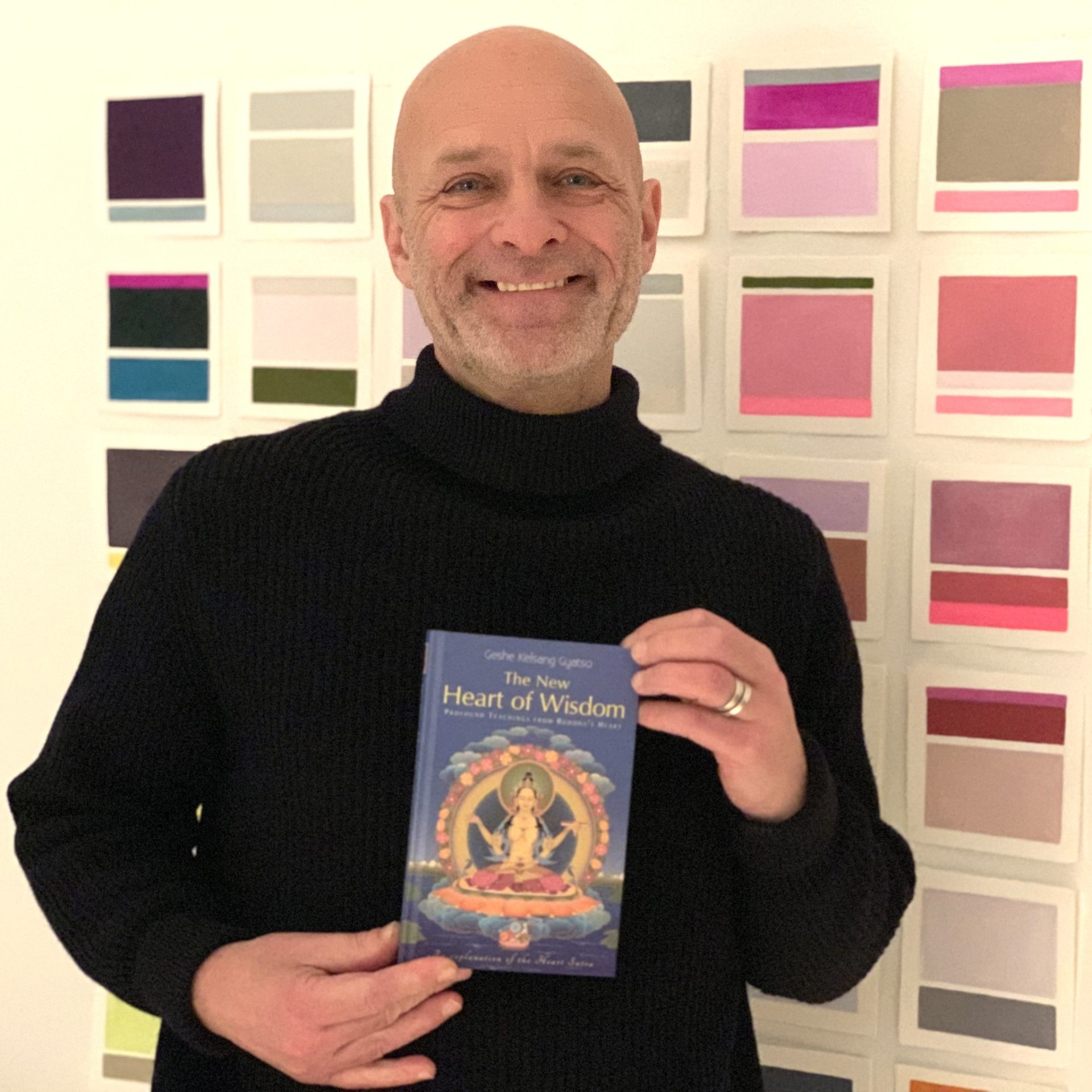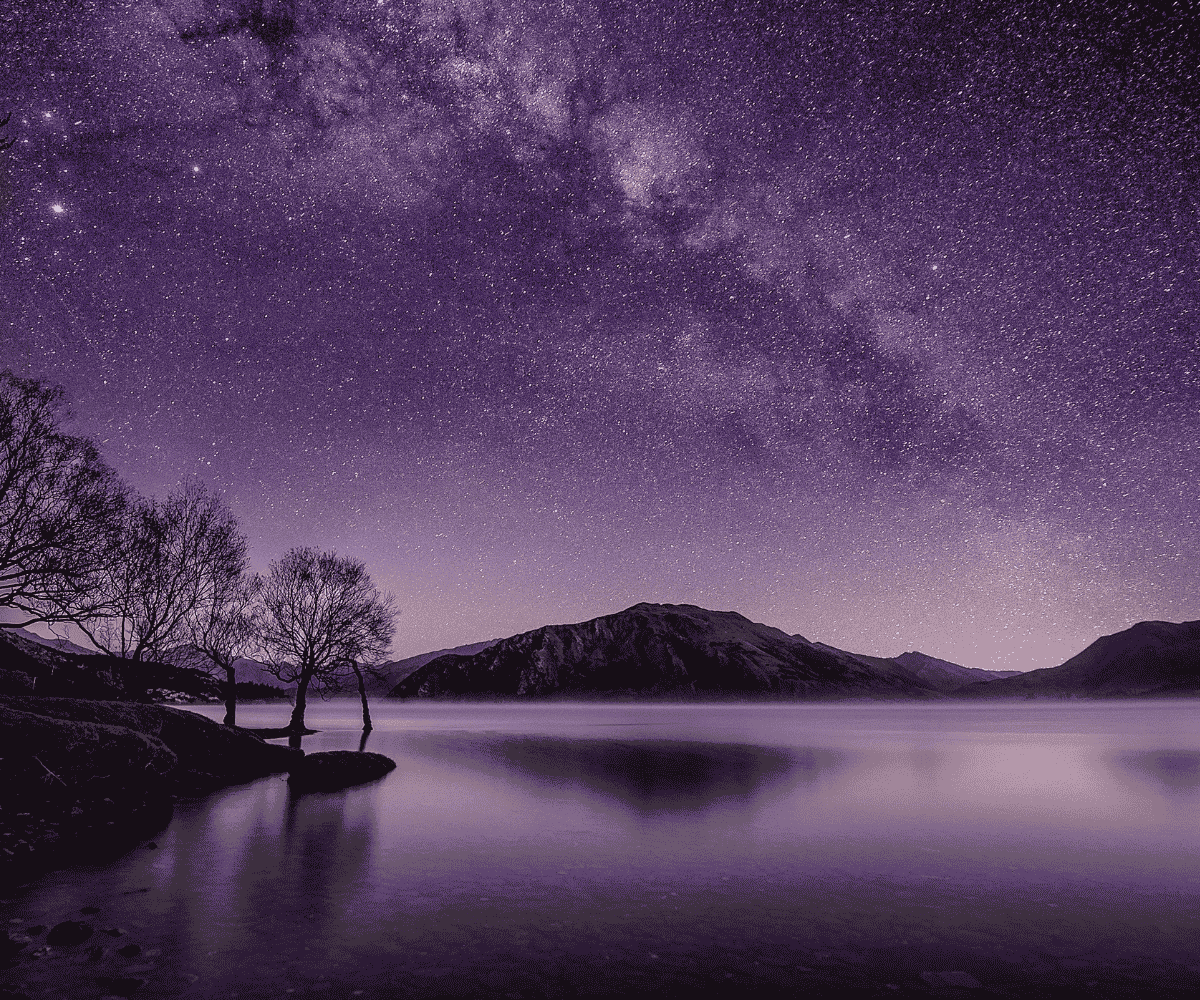At Home in the Northern Forest
In his photomontages of Vermont’s woods, photographer John Huddleston captures the direct quality of our experience in the present, particularly evident in nature. The post At Home in the Northern Forest appeared first on Tricycle: The Buddhist Review.

 Snake Mountain North, Under Ridge, View West: Spring/Spring; 16 April 2011 (circle) and 17 May 2011. John Huddleston, At Home in the Northern Forest.
Snake Mountain North, Under Ridge, View West: Spring/Spring; 16 April 2011 (circle) and 17 May 2011. John Huddleston, At Home in the Northern Forest.
“There’s a tendency in all fields but particularly in art for people to charge ahead. But that’s generally not a good way to proceed,” says John Huddleston, a photographer and retired art professor at Middlebury College in Vermont. “Artwork needs to have freshness and newness, but we get caught up in cliched internal dialogue.” Twenty years ago, to tap into that “freshness and newness” at a time when he felt stuck, Huddleston returned to a meditation practice that he had originally found in college decades earlier when he was first introduced to Buddhist teachers like Chögyam Trungpa. Since then, he’s been meditating every day. Huddleston also brought meditation into his art classroom, where he found that a ten-minute, secular meditation on the breath helped settle his drawing and photography students so that they could become more aware of their own process. Eventually, he taught full-semester mindfulness courses to students across disciplines.
“When you see yourself and your prejudicial thinking, you can let it go, and then you can become aware of other things,” Huddleston says of mindfulness, which has been especially helpful for his photography. “Mindfulness helps with letting go of internal dialogue, which helps you respond to where you are. It helps me be present in an intuitive way instead of a calculating way. It allows physical presence to take charge.” This is important for photography, he explains, because it allows the photographer to connect with the broader context of whatever is behind the lens. “I think photography should reflect a larger context instead of just zooming in. You avoid repeating yourself and working off preconceived ideas that way, and get much closer to truth and reality.”
Huddleston’s latest book, At Home in the Northern Forest, published in February 2020, captures his unique approach to photography, including the influence of his mindfulness practice, and his appreciation for the Vermont woods he has been exploring for thirty years. Below, find an excerpt from At Home in the Northern Forest along with some of the “time composite” photomontages that represent unity in time and space.
***
Vermont’s woods are my home. I walk with the camera nearly every day along the logging roads and deer runs in this second-growth forest. As I photograph, I work to keep the pictures straightforward, specific, and unromantic—just recorded moments from the lives of the trees.
Our core sense of beauty arises from our deep connection to the natural world. We humans are of the forests, and our urbanity rests upon them. Trees produce oxygen, paper, building materials and fuel. They retain rainfall, reducing floods and droughts. They provide clean watersheds, prevent erosion, moderate the climate, recycle nutrients, store carbon, and are home to insects, birds, and animals. But these forested landscapes are provisional, for all are managed, working timberlands—under private, state, and national care. Most of the productive forest in Vermont was once farmland, and all of it has been logged repeatedly.
 Snake Mountain North, On Ridge, View North II: Spring/Spring/Autumn; 23 April 2021, 3 May 2010 (background), and 3 November 2009. John Huddleston, At Home in the Northern Forest.
Snake Mountain North, On Ridge, View North II: Spring/Spring/Autumn; 23 April 2021, 3 May 2010 (background), and 3 November 2009. John Huddleston, At Home in the Northern Forest.With the decline and demise of Vermont’s hill farms during the late nineteenth century, the forest reasserted its presence on the land. In 1870, forest covered about a quarter of the state; today, more than three-quarters is woodland. This remarkable turnaround has taken place on what is overwhelmingly private property. Timber harvesting takes place on a regular basis in a long, agricultural-like cycle, which is not to say these lands are unsightly or provide impoverished habitat. The vigorous conditions of the Northeast naturally produce a diverse and lush forest.
Although the so-called “natural world” is neither more real or true than is the human-made environment, it may give us more space to consider our own nature. The human world is so intentional and manipulated that we easily become reactive and discursive; some distance from society usually allows us to see and contemplate with more clarity. The forest offers an interconnected complexity and vastness that give us perspective and balance. Our psyche needs the forest, in the immediate sense of connecting with the sights and sounds of an unfolding walk and in the abstract way we imagine into the deeply mythical space of the forest. The former sensations can be paradoxically relaxing and exciting, resulting in a calm but precise hunter’s awareness. The latter archetypes may be spiritually ascendant or physically terrifying, but all reveal ancient foundations of human experience.
Although the so-called “natural world” is neither more real or true than is the human-made environment, it may give us more space to consider our own nature.
Trees give a proportion to our human life, even in the city. Like us, they are suspended vertically between Heaven and Earth. The trees are not there without the space around them. Likewise, the photograph is not there without the frame around it and the space around the frame. The components of the photograph are lost in their relation to one another and in relation to all they are not. One of the appeals of photography is that it unifies and puts everything into relation within the frame. The underlying reality of the photograph is the unity of the parts.
 John Huddleston, At Home in the Northern Forest.
John Huddleston, At Home in the Northern Forest.Philosopher Gaston Bachelard writes that, despite physical facts, the space of the forest extends infinitely in our minds. This immensity is within us. We respond with a visceral poetry to the soaring, variable, and interdependent forms of trees. The complexity of the forest encourages a realization of process, of ourselves in the process, and of the direct quality of our experience in the present.
The root of romanticism is the accurate realization that we humans are not separate from the world. In the romantic moment, we discover a joy in shared existence. But our conceptual minds quickly follow to form an idea of that event that we can hang onto. This mental construct is abstracted and isolated from the original, free-flowing touch with reality. The concept is not the experience. This difference makes the mental formulation of romantic ideals and standards rather deadly.
Analytical thinking often discourages a perspective of the whole. We tend to compare, and we do so through isolating subjects with thought. Contents are identified and separated from their context by thought. Subject and ground can be seen as one only without comparison and identification. Beauty is holistic, connected, and experienced without thought. Our existence is no different. We may be able to think we are on our own, but our reality is highly relational, contextual, and dependent upon all aspects of our environment.
 John Huddleston, At Home in the Northern Forest.
John Huddleston, At Home in the Northern Forest.After many years of living in Vermont, I still find the forest’s seasonal changes startling. These dynamic transformations are integrated in the two sections of “time composite” photomontages that open and conclude the photographic sequence in my book, At Home in the Northern Forest. Past, present, and future coexist in a time cycle incarnate. These photomontages attempt to materialize that notion of the past and the future existing in the present moment, in the present form. Our fascination with photography is grounded in such accords: In the unity of time, the photograph presents a moment of the past right now; in the unity of space, the photograph places all its contents onto the same surface and into relationship; and in the unity of time and space, the photograph shows that these elements are not separate. The time composites are embodiments of such change. They arise from the brutalist instinct of throwing things together, the Hadron Collider impulse. I have worked on variations of this change-in-the-landscape theme for more than twenty years. I think this current approach works well, because both continuity and change are immediately evident in the images.
Our psyche needs the forest, in the immediate sense of connecting with the sights and sounds of an unfolding walk and in the abstract way we imagine into the deeply mythical space of the forest.
Our conceptions of time and seasonal change may be challenged by the specificities of the yearlong chronology of straight, single-exposure photographs. In particular, ideas of spring and autumn are often simplistic. Vermont gives these preconceptions a good shake. The northern locale, combined with the mountainous terrain, produces a highly variable weather cycle. The elevations of my pictures vary by as much as 2,500 feet, which can affect a two-week difference in climatic conditions. As writer John Elder has observed, “The weather extremes demand a constant reorientation from New Englanders.” I am sure he would include wearing a warmer coat in this adjustment, but he points to more encompassing changes of attitudes.
♦
For more on the wisdom of nature and our impact on the environment, check out Tricycle’s Buddhism and Ecology Summit. In honor of Earth Day 2022, Tricycle is bringing together leading Buddhist teachers, writers, and environmentalists—including Joanna Macy, Roshi Joan Halifax, David Loy, Paul Hawken, and Tara Brach—for a donation-based weeklong virtual event series exploring what the dharma has to offer in a time of environmental crisis. Learn more here.

Get Daily Dharma in your email
Start your day with a fresh perspective

Explore timeless teachings through modern methods.
With Stephen Batchelor, Sharon Salzberg, Andrew Olendzki, and more
![]()
Thank you for subscribing to Tricycle! As a nonprofit, we depend on readers like you to keep Buddhist teachings and practices widely available.
This article is only for Subscribers!
Subscribe now to read this article and get immediate access to everything else.
Already a subscriber? Log in.

 UsenB
UsenB 




















.jpg&h=630&w=1200&q=100&v=6e07dc5773&c=1)











